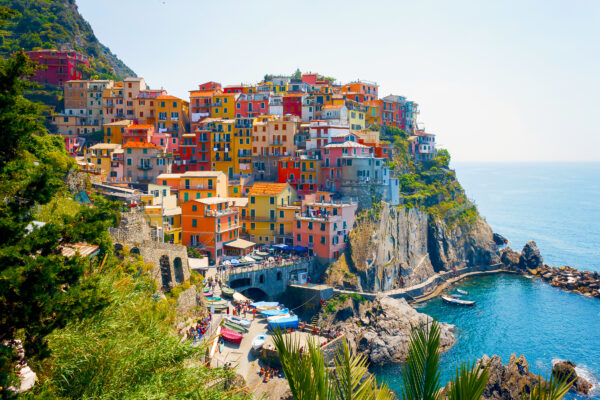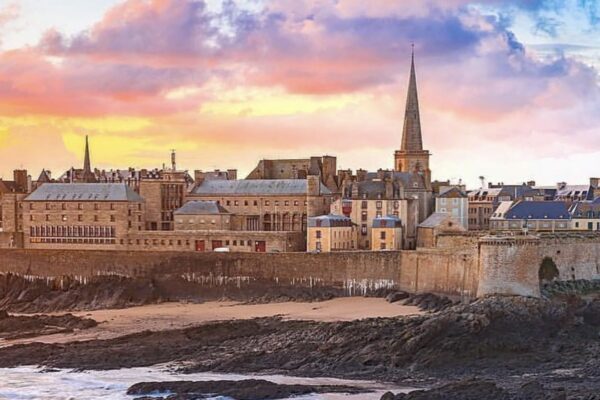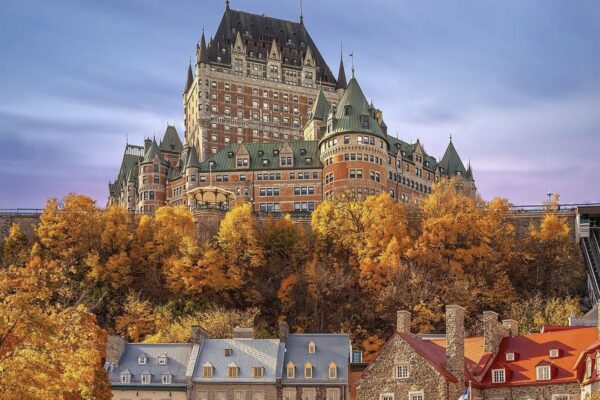On the Road in Emilia-Romagna
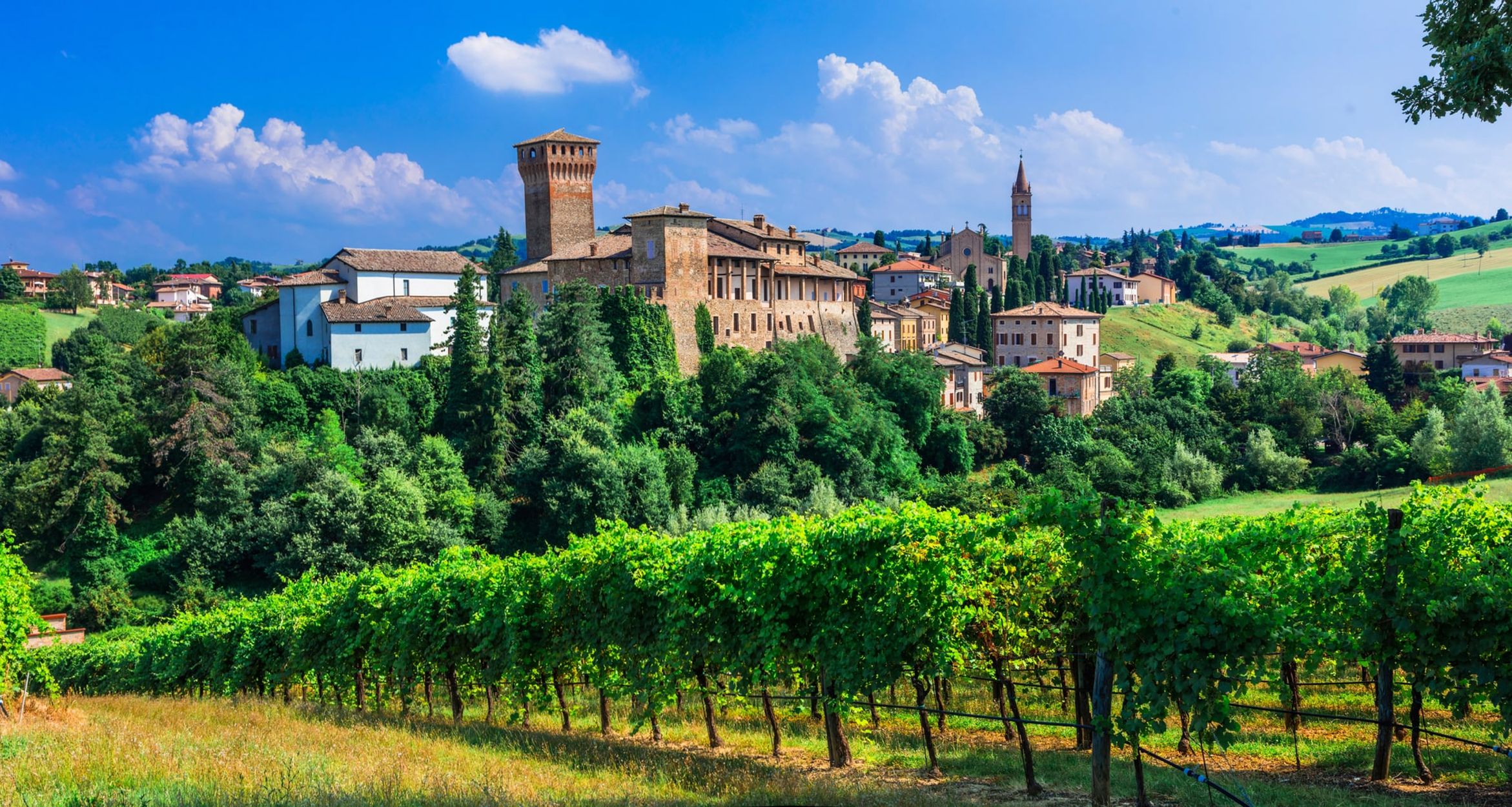
by Michel Thibault & Marla Norman
It’s Sunday morning when we leave Milan and head for Parma. Driving through the heart of the city is easy as traffic is light. Our assumption is that whoever isn’t in church, will be at the cafe. And we’re right! It takes awhile to find a table. Finally sitting down, we notice that the folks next to us are enjoying an awesome platter of cheese and meat. We figure these people know what they’re doing and we order the same.
Within minutes, we’re rewarded with chunks of Parmigiano-Reggiano cheese surrounded by ribbons of paper-thin Prosciutto. I have to stop here: I owned a cheese store and managed another in my distant life. The Parmigiano I bought and sold then had nothing to do with what Marla and I are enjoying. That cheese had been hard, lifeless and pale; this is lively, with a beautiful deep gold color. This Parmigiano breaks into small pieces with no effort. The texture is semi-dry, almost soft. The ham is also light and moist. I can’t even begin to describe the pleasure we experience as the cheese and ham melt in our mouths.
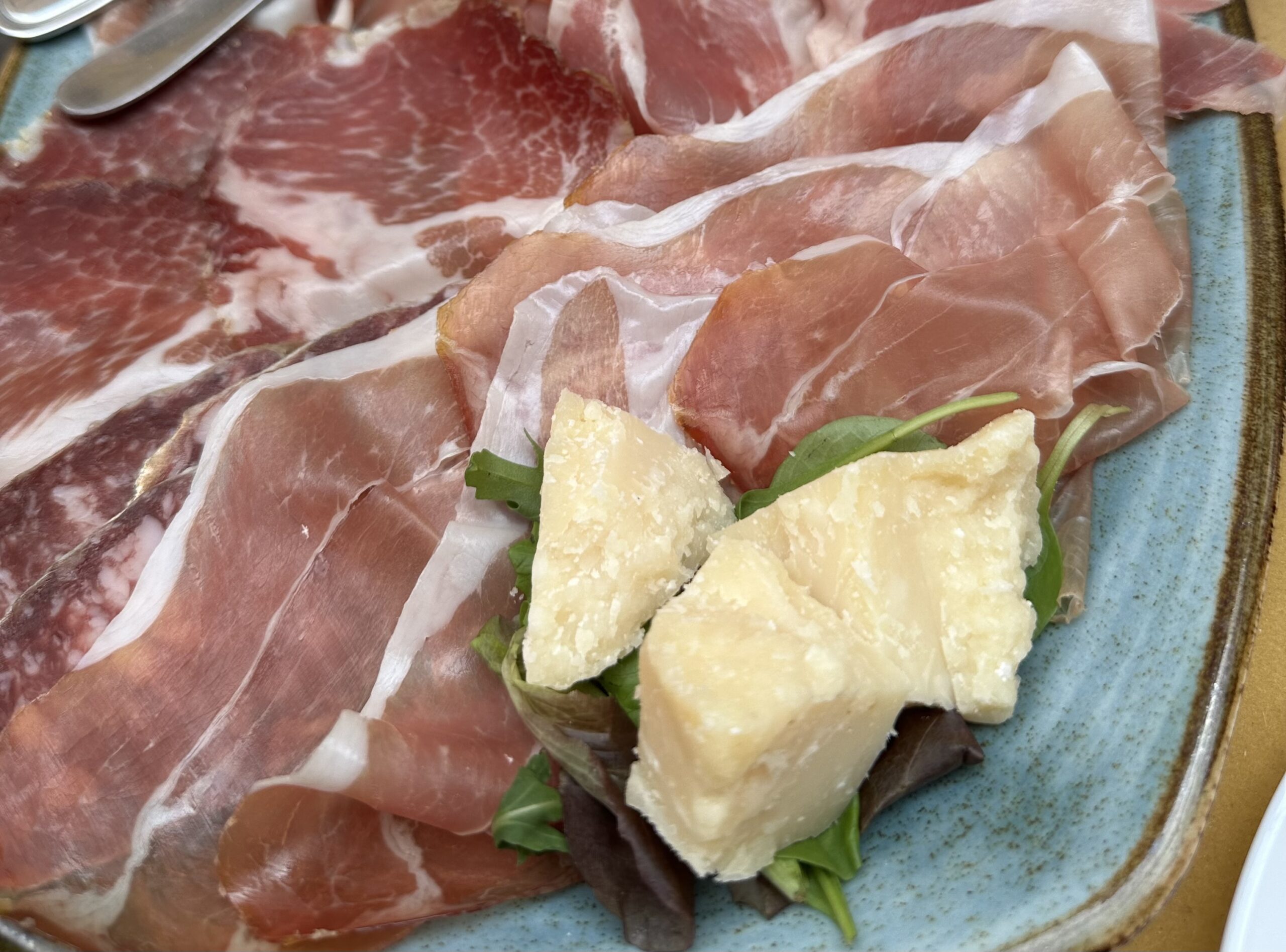
Our Prosciutto and Parmigiano-Reggiano plate. Delicious!
Why is Parmigiano-Reggiano so good? These cheeses are aged at least two years to merit the name. Younger cheese, one-year old generally, is called Grana Padano. While tasty, this cheese doesn’t compare. There are also Parmigiano cheeses, such as the Vacca Bianca, utilizing milk from special white cows. If you ever happen to buy large wheels of Parmigiano (200 lbs!) look for the green stamp on the cheese. That stamp will tell you the month of fabrication and you ALWAYS want a fall cheese. Autumn grasses are rich and ripe, so the milk cows produce then is as well. By contrast, in the winter, cows eat hay and therefore the cheese they produce in the spring is not as rich and complex.
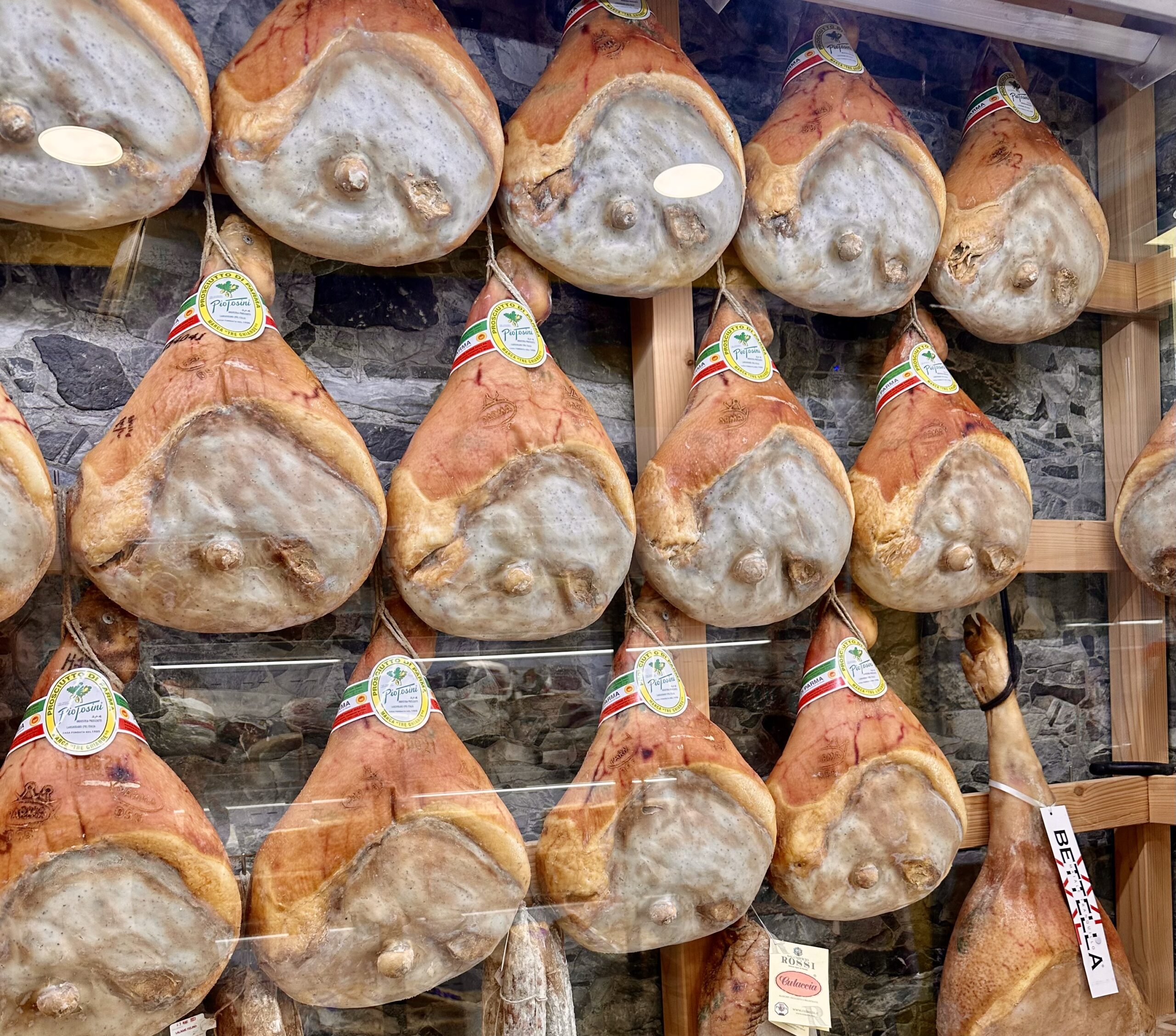
Prosciutto di Parma hanging in shop windows. Photo by Marla Norman
The Prosciutto di Parma is the other player in our gastro delight: also exceptional, because is is made only from the hind legs of pigs bred in the Emilia-Romagna region of Italy. There are many varieties of prosciutto you can find in stores but only one Prosciutto di Parma — easy to recognize as the label will always bear the Parma Crown. That Prosciutto comes in two styles: Cotto (cooked) and Crudo (uncooked and dry cured). No additives, coloring, preservatives, hormones, just a sweet, buttery taste in every soft bite.
To complement our food platter, we opt for two glasses of Franciacorta. Italy’s answer to Champagne is a wine marrying finesse and texture. This sparkler offers aromas of white flowers and peaches, with a nose of baked brioche. The difference with Champagne…not much, but about $10-$15 cheaper retail! Tiny bubbles and a very expressive wine, made from Chardonnay and Pinot Noir (sometimes with a little Pinot Bianco), it now boasts of the DOCG quality standard, the top Italian designation. Moscatos and Proseccos are decent but this is serious, and we really enjoyed it, as it cut through the sweetness of both cheese and meat like a sharp knife. Yum!
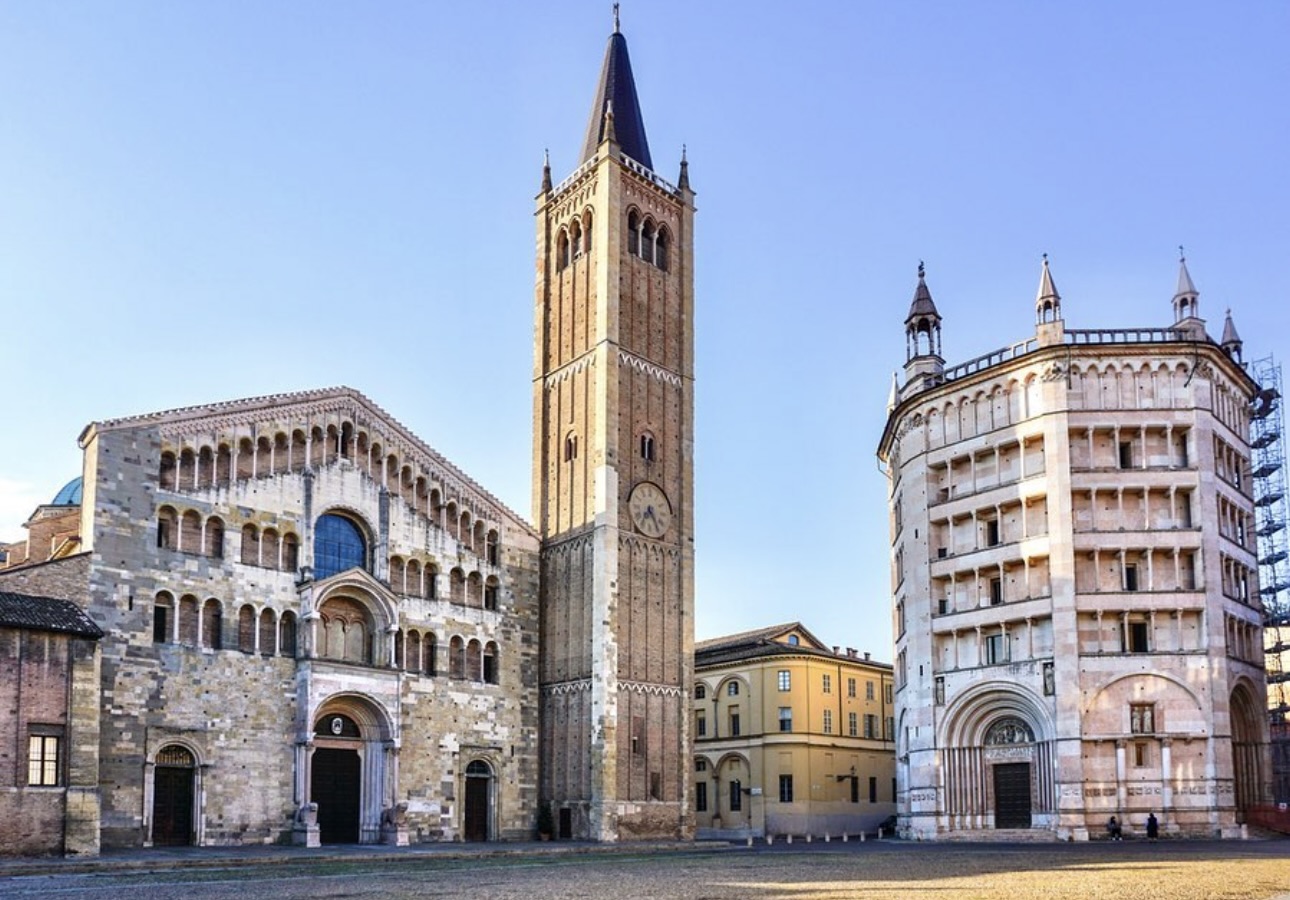
Duomo di Parma – Cattedrale di Santa Maria Assunta. Photo by Marla Norman.
DUOMO DI PARMA
After our exceptional breakfast, Michel and I walk back to the 12th century Duomo di Parma – Cattedrale di Santa Maria Assunta. Sunday crowds have dwindled and we find ourselves alone in the piazza. Two surly lions guard the entrance to the church — at some 750 years old, the pair were undoubtedly more ferocious in their youth. Surprisingly, the door they watch over is quite smallish, so we stop in our tracks as we first view the massive, soaring, richly decorated interiors.
We make our way toward the nave of the church while studying enormous frescoes along the walls illustrating the Old Testament and Passion of Christ. The intricate details are dazzling, as is the exuberant ornamentation and life-size murals — impossible to take it all in during a single visit.
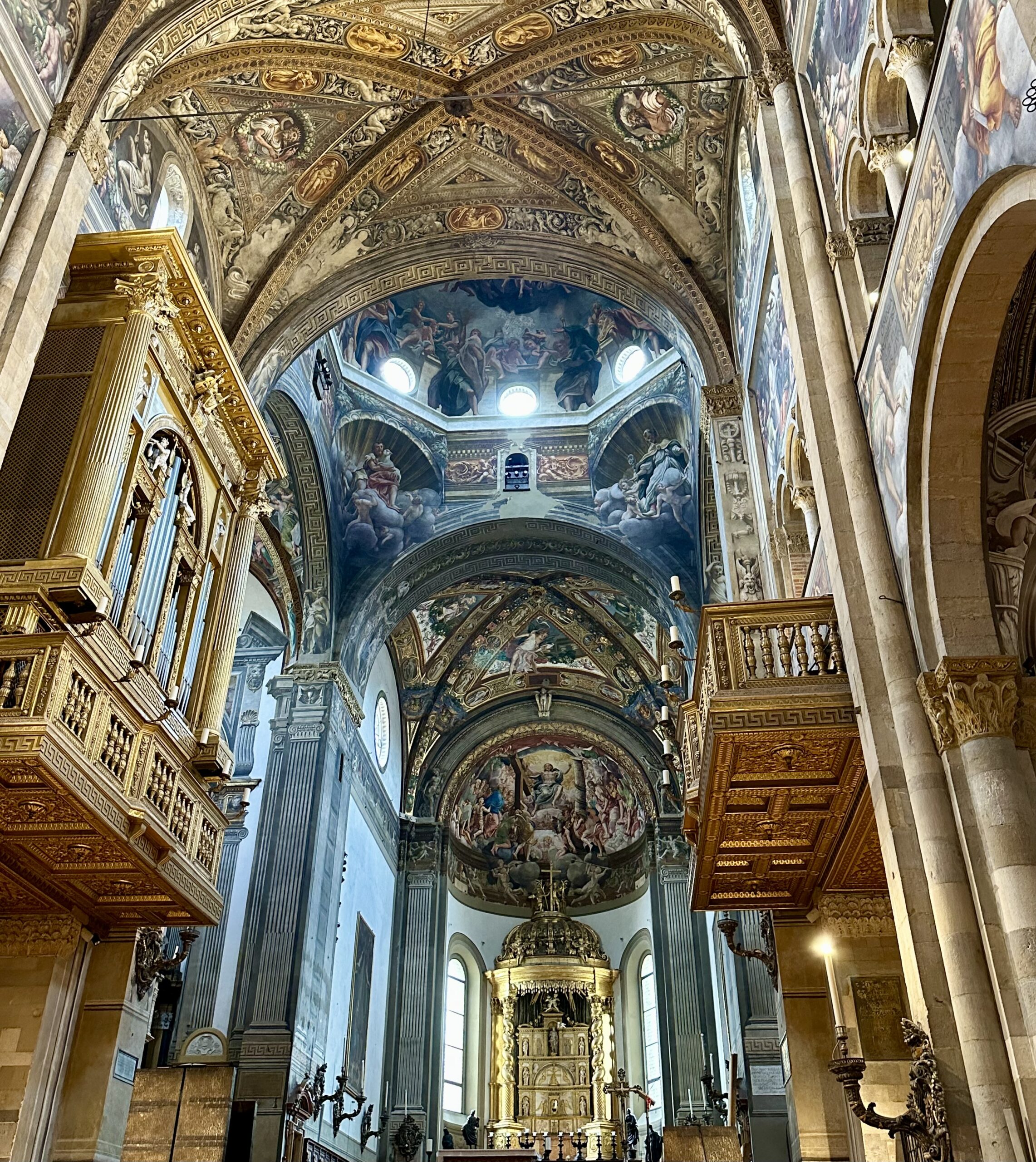
Ornate, dazzling interiors of the Duomo di Parma. Photo by Marla Norman
Reaching the altar, we admire the spectacular dome and the renowned “Assumption of the Virgin Mary.” Painted by Renaissance artist Correggio, this fresco was considered scandalous when first unveiled in 1530. The depiction of Mary suspended precariously above a dizzying tangle of figures – her legs oddly exposed – outraged the populace at the time. Now, Corregio is appreciated for his modernity and use of perspective. A native of Reggio-Emilia, Correggio is also credited with developing chiaroscuro — the use of light and dark contrasts in painting.
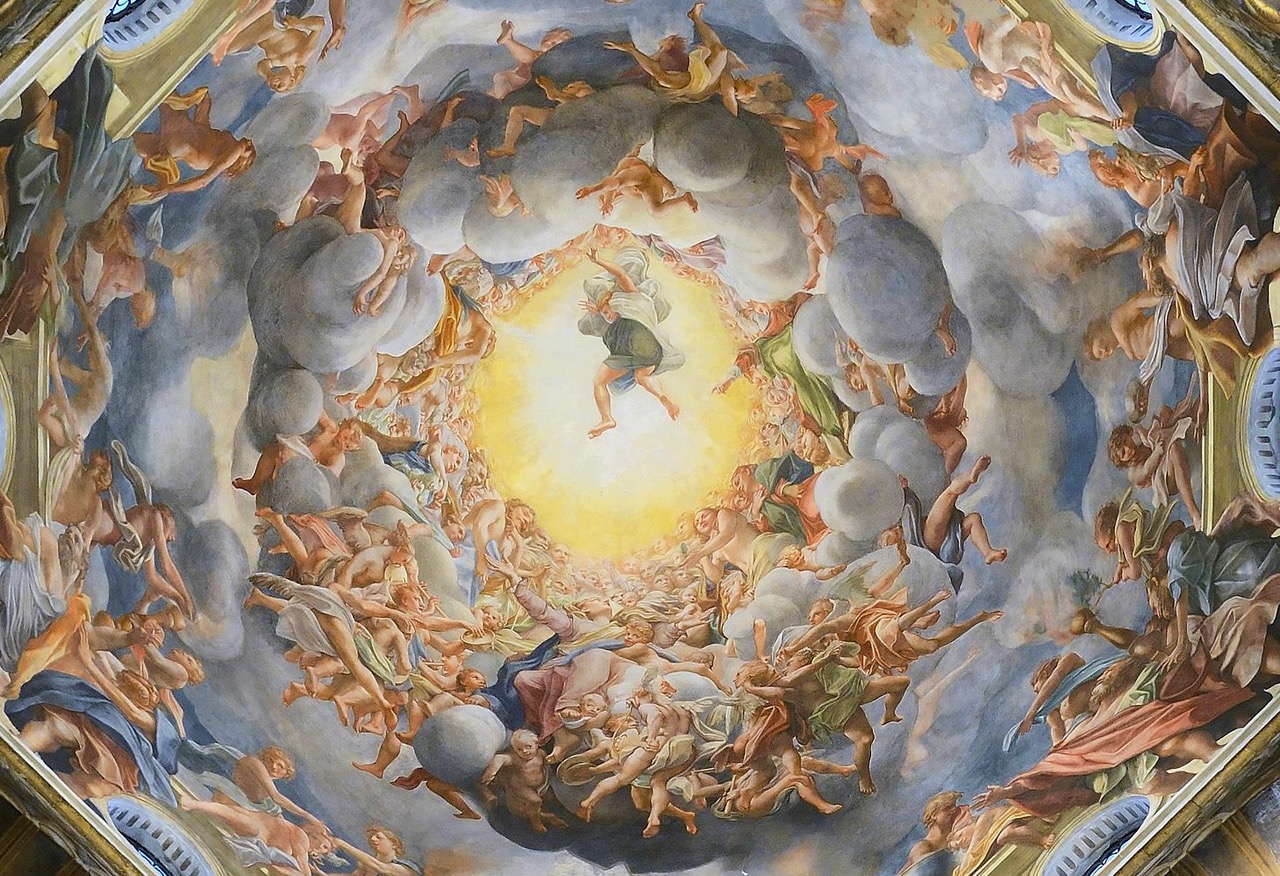
“Assumption of the Virgin Mary” by Renaissance artist Correggio. Photo courtesy of Cattedrale di Santa Maria Assunta, Parma.
GALLERIA NAZIONALE DI PARMA
We find more extraordinary art at the Galleria Nazionale di Parma. Often overlooked, the museum offers numerous treasures, including masterpieces by Bronzino, El Greco, Tintoretto and Leonardo da Vinci.
Additional works by Corregio are on display along with Francesco Mazzola, better known as Parmigianino. Another native son of Emilia-Romagna, Parmigianino’s “Ritratto di Gentildonna“ or “Portrait of a Noblewoman” is particularly noteworthy as a precise rendition of exotic 16th century clothing — from a sumptuously embroidered turban and gown to a lavishly plumed fan.
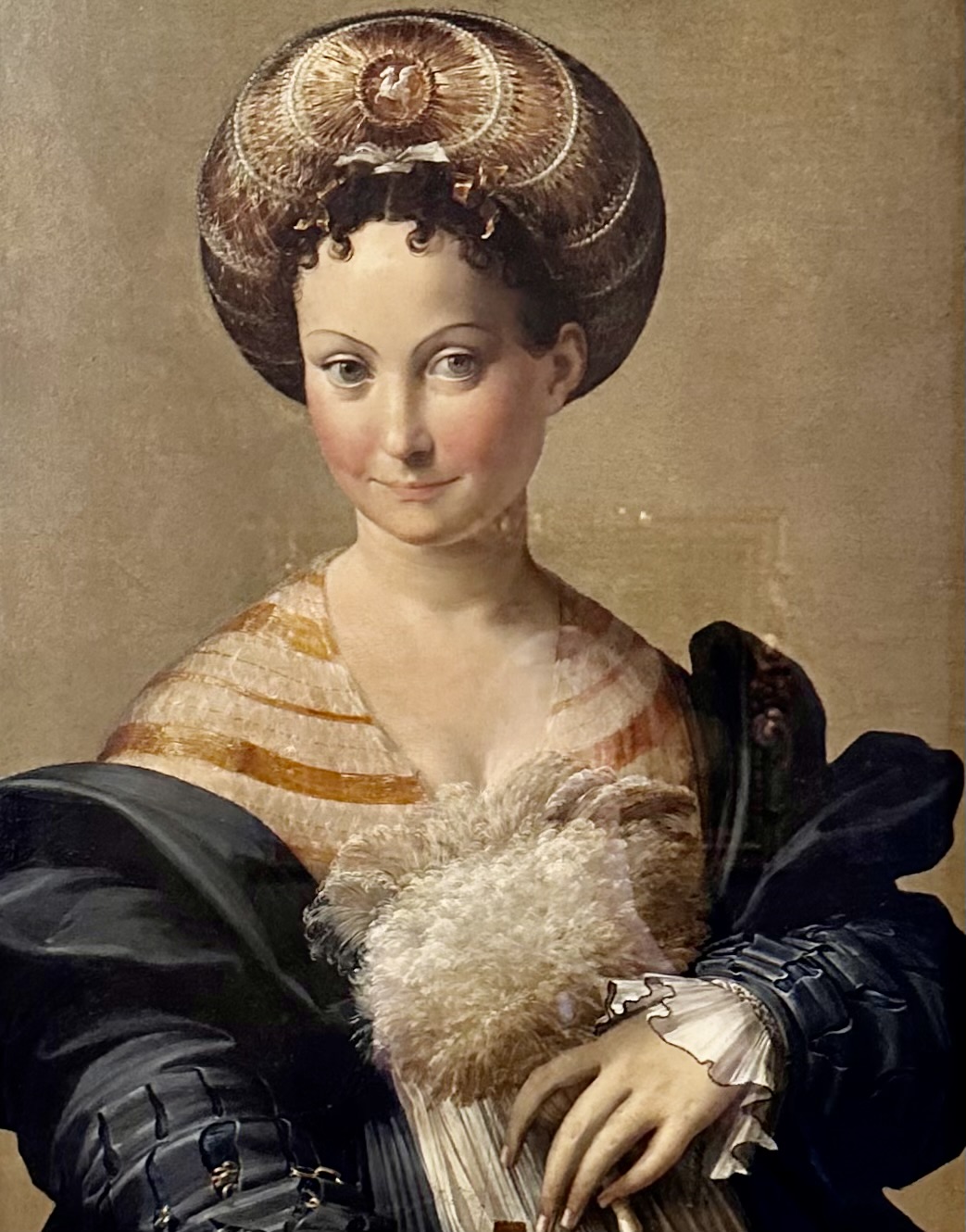
“Ritratto di gentildonna” or “Portrait of a Noblewoman” by Francesco Mazzola, aka Parmigianino. Photo by Marla Norman.
A rare work by Fra Angelico is another museum highlight. Because so much of Angelico’s work was in frescoes lost over the years, his luminous “Madonna and Child” is particularly worth seeking out. Another superb illustration of the Virgin Mary and her infant child is that of Florentine artist Agnolo Bronzino, whose elegant, polished style marked a new level of sophistication in portraiture.
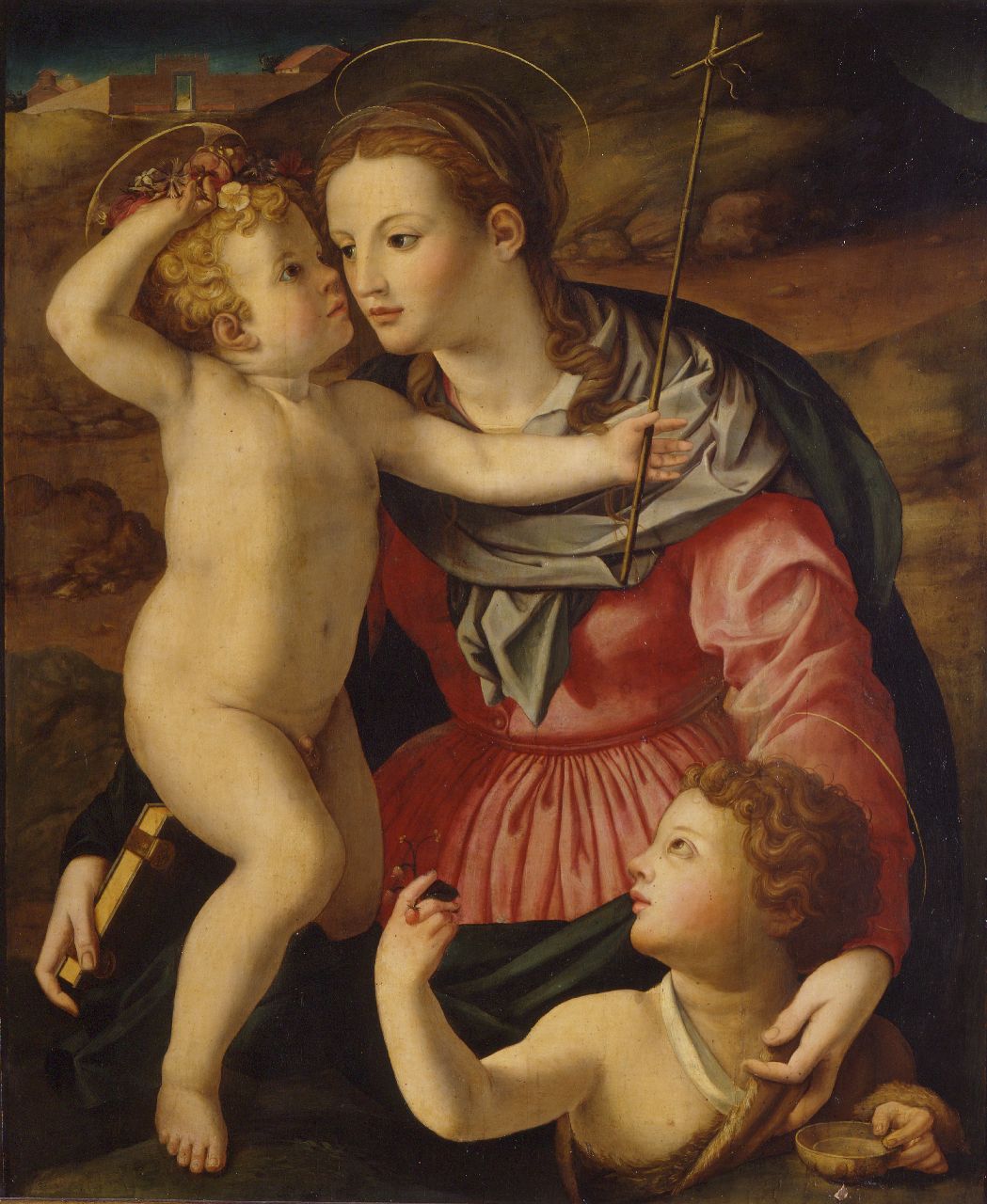
“The Madonna with her Child and Saint John” by Bronzino. Photo courtesy of Galleria Nazionale di Parma.
THE WOMAN WITH THE MESSY HAIR
But the most breathtaking piece of art in the collection is Leonardo da Vinci’s “La Scapigaliata” or, as it’s officially translated, “The Lady with Disheveled Hair.” Produced in 1506, the painting is strikingly contemporary. And, since the woman’s enigmatic smile is very similar to Da Vinci’s “Mona Lisa” a comparison of the two portraits is inevitable.
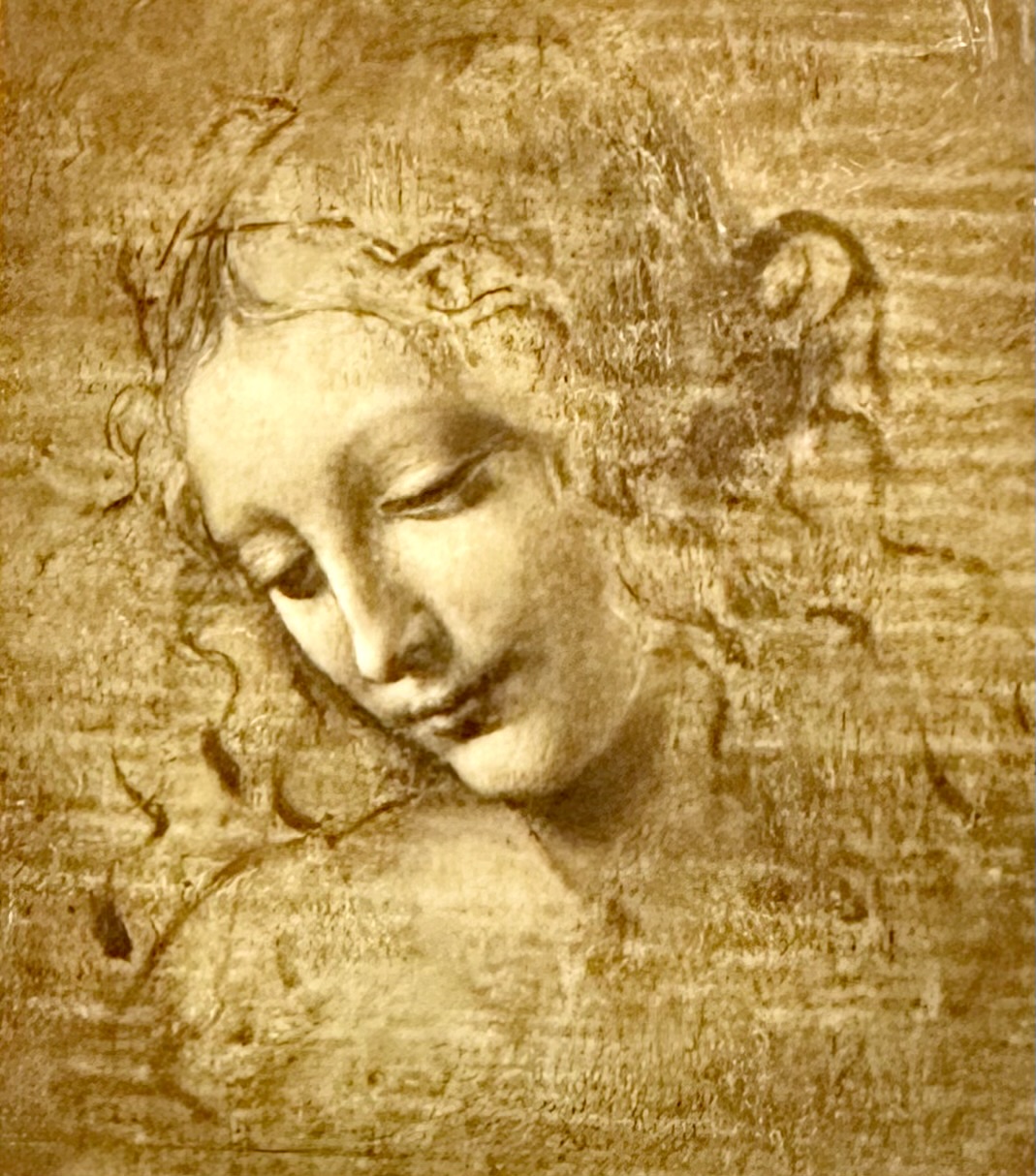
Leonardo da Vinci’s “La Scapigaliata” or “The Lady with Disheveled Hair.” Photo by Marla Norman.
Michel and I stand for a long while enthralled with the image, marveling at having this gem of a painting all to ourselves. In the quiet Parma gallery, we wonder what might have happened if “La Scapigaliata” and the world’s most famous painting had switched places. Does location made a difference? Would millions of tourists flock to see the “Mona Lisa” at Parma’s Galleria Nazionale? Would the lady with the messy hair be better known if she resided at the Louvre?
Obviously these are questions for art critics more knowledgable than us. But we feel very lucky to have met this sublime woman, whoever she was. And to have enjoyed the prosciutto, formaggio, Renaissance artists, and all the many things that make Parma a feast for the senses!





